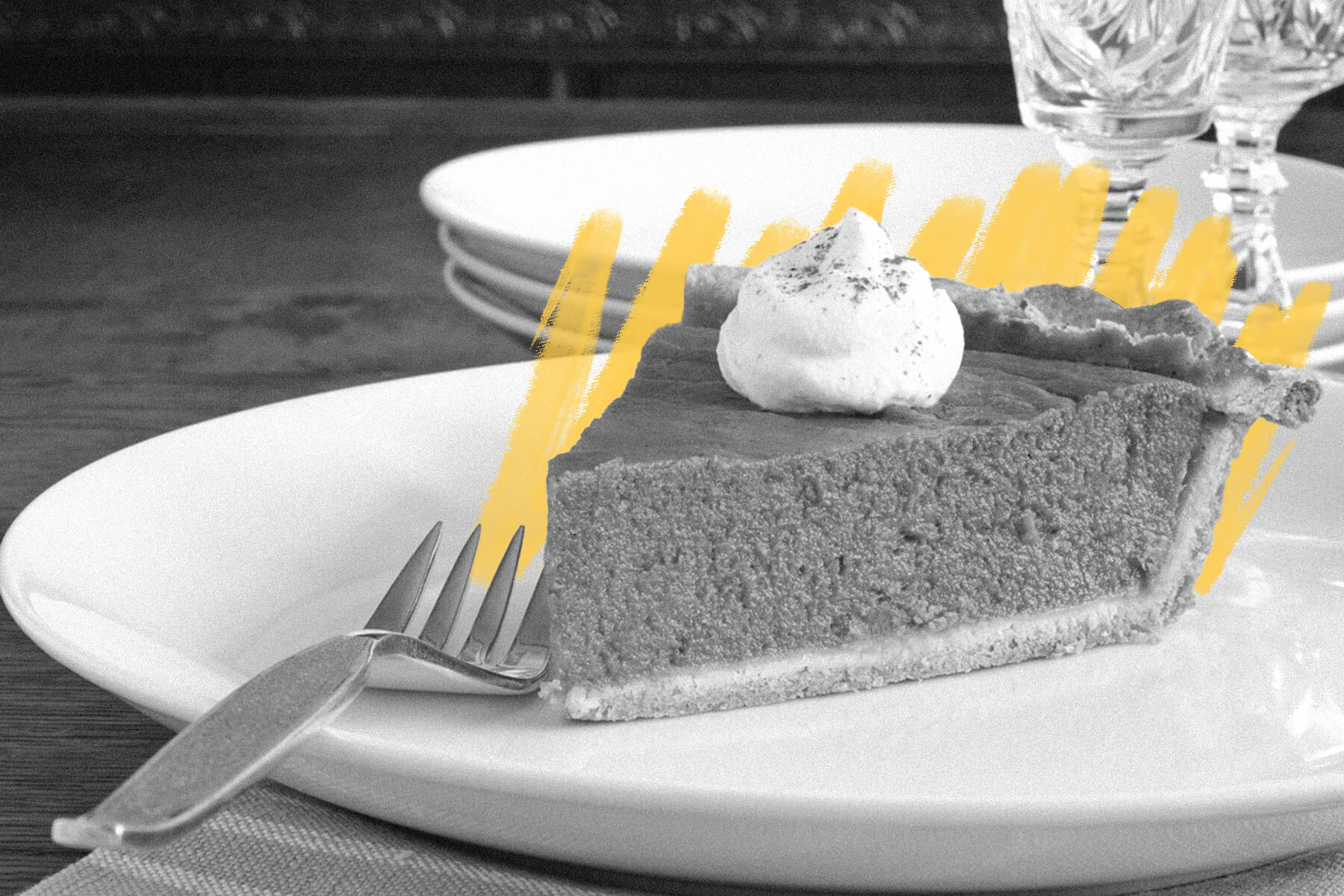Pumpkin pie has Indigenous roots.
Pumpkin pie has been an American tradition for as long as the United States has had traditions, and we largely have the country’s Indigenous populations to thank for that. Pumpkin itself is native to North America and was first cultivated around 5500 BCE. The winter squash was almost certainly introduced to European settlers by the Wampanoag people of Massachusetts, who helped the newly arrived colonists at Plymouth survive their first winter. Though it’s unknown who made the first pumpkin pies, we do know the earliest versions had no crust, but were cooked (and served) inside hollowed-out pumpkins — an obvious-in-hindsight innovation that some adventurous bakers still prepare on occasion.
Pumpkin in all its many forms proved popular with the English, who eventually began cooking pies in the form we know today. And though pumpkin pie was not served at the first Thanksgiving, it has been a staple of the holiday for centuries; the town of Colchester, Connecticut, went so far as to delay the holiday by a week in 1705 because there wasn’t enough molasses to prepare the dessert. As with much else in America, including Thanksgiving itself, none of this would be possible without the contributions of Indigenous people. The autumn treat remains popular to this day, with 36% of Americans citing it as their favorite Thanksgiving pie — more than twice the number that opt for pecan pie (17%) or apple pie (14%) instead.







